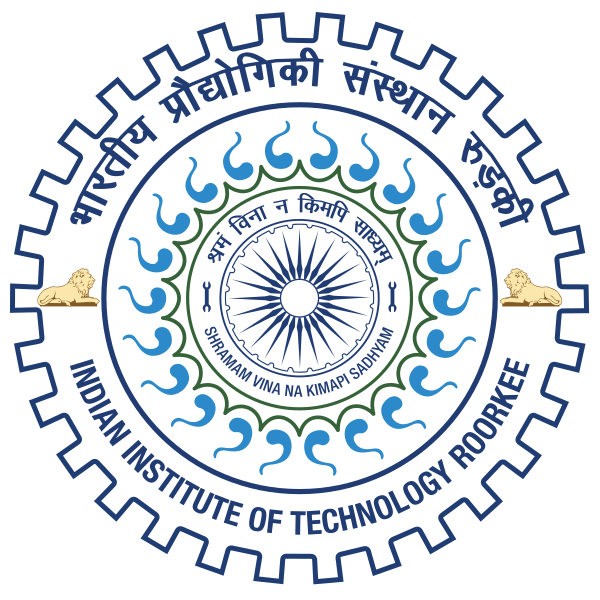Please use this identifier to cite or link to this item:
http://localhost:8081/jspui/handle/123456789/10681Full metadata record
| DC Field | Value | Language |
|---|---|---|
| dc.contributor.author | Saini, Ritesh Kumar | - |
| dc.date.accessioned | 2014-11-24T10:21:38Z | - |
| dc.date.available | 2014-11-24T10:21:38Z | - |
| dc.date.issued | 2000 | - |
| dc.identifier | M.Tech | en_US |
| dc.identifier.uri | http://hdl.handle.net/123456789/10681 | - |
| dc.guide | Mishra, B. K. | - |
| dc.guide | Ghosh, P. K. | - |
| dc.description.abstract | Alluminium alloy obtained their strength by precipitation hardening treatment (heat treatable alloy), cold working (non-heat treatable alloy) or a combination of both, Due to heat of welding the strengthening effects reduced. As a result, zone adjacent to weld have markedly lower strength. The present investigation has been carried out in order to study the significance of size of heat-affected zone in aluminium alloys. Both heat-treatable (6082) and non-heat treatable alloy have been considered. FEM calculations have been carried out to simulate the effect ' of softened zone size in the weldment and it is effect on global behaviour. Results obtained by FEM analysis are used to design the joint. Effect of weld toe angle on stress-concentration factor has also been studied by Finite element method. Effect of groove angle and plate thickness on stress-concentration factor has also been recorded. Results so far indicate that with an increase in HAZ width, there is decrease in load carrying capacity of weldment. Results also indicate that ratio of width of soft zone to plate thickness plays an important role in determining global strength and elastic-plastic deformation behaviour of the weldment. Groove angle calculated for heat-treatable alloys is markedly lower than the standard one. While for non-heat treatable alloy the calculated angle is nearly same as the one, given in the standard. Stress-concentration factors decease with increasing weld toe angle. Results show that weld groove angle and plate thickness also affects the stress concentration | en_US |
| dc.language.iso | en | en_US |
| dc.subject | MECHANICAL INDUSTRIAL ENGINEERING | en_US |
| dc.subject | ALUMINIUM BUTT WELD JOINT | en_US |
| dc.subject | FINITE ELEMENT ANALYSIS | en_US |
| dc.subject | ALUMINIUM ALLOY | en_US |
| dc.title | STUDIES ON DESIGN OF ALUMINIUM BUTT WELD JOINT USING FINITE ELEMENT ANALYSIS | en_US |
| dc.type | M.Tech Dessertation | en_US |
| dc.accession.number | 248505 | en_US |
| Appears in Collections: | MASTERS' THESES (MIED) | |
Files in This Item:
| File | Description | Size | Format | |
|---|---|---|---|---|
| MIED248505.pdf | 2.69 MB | Adobe PDF | View/Open |
Items in DSpace are protected by copyright, with all rights reserved, unless otherwise indicated.

